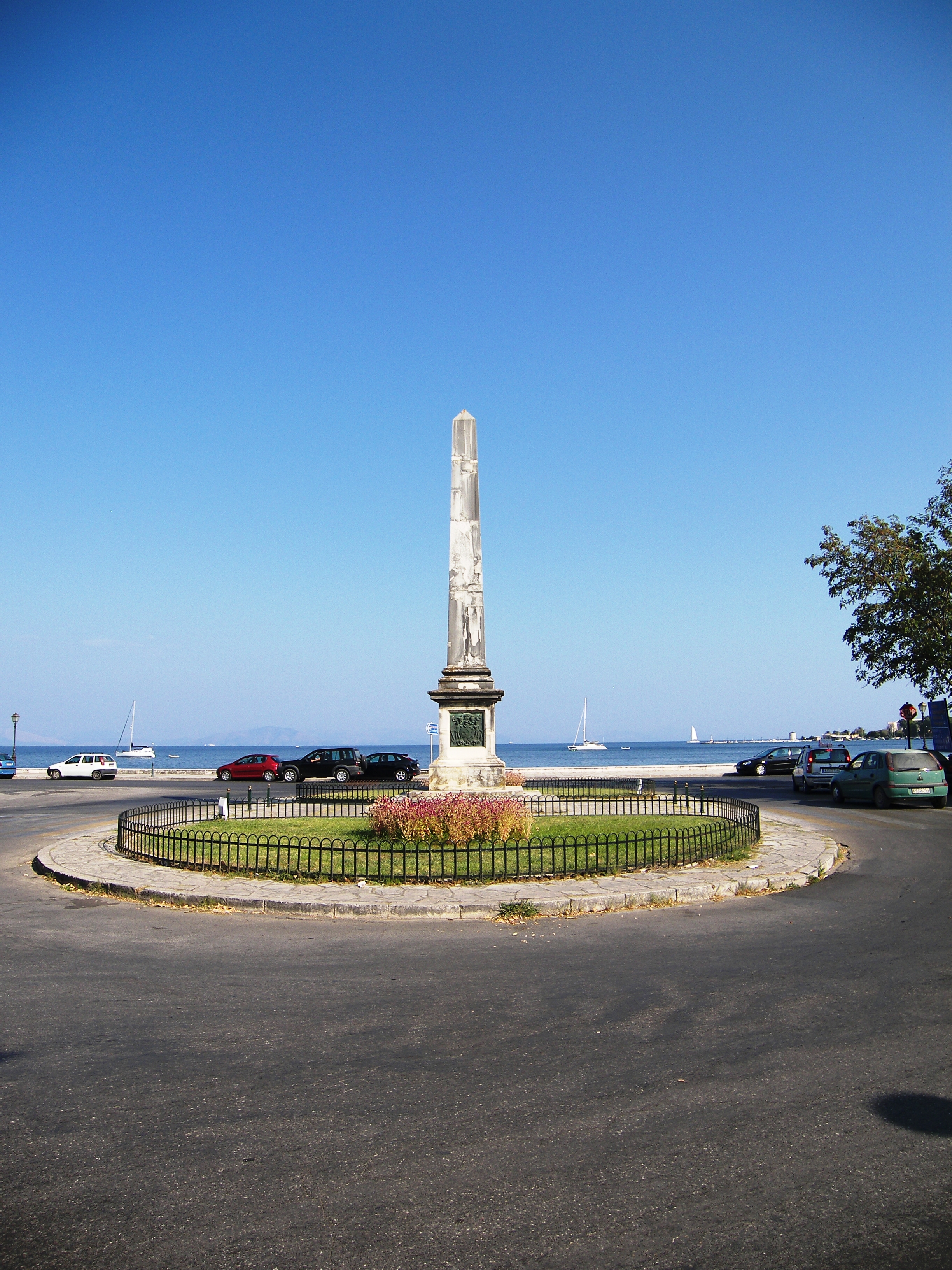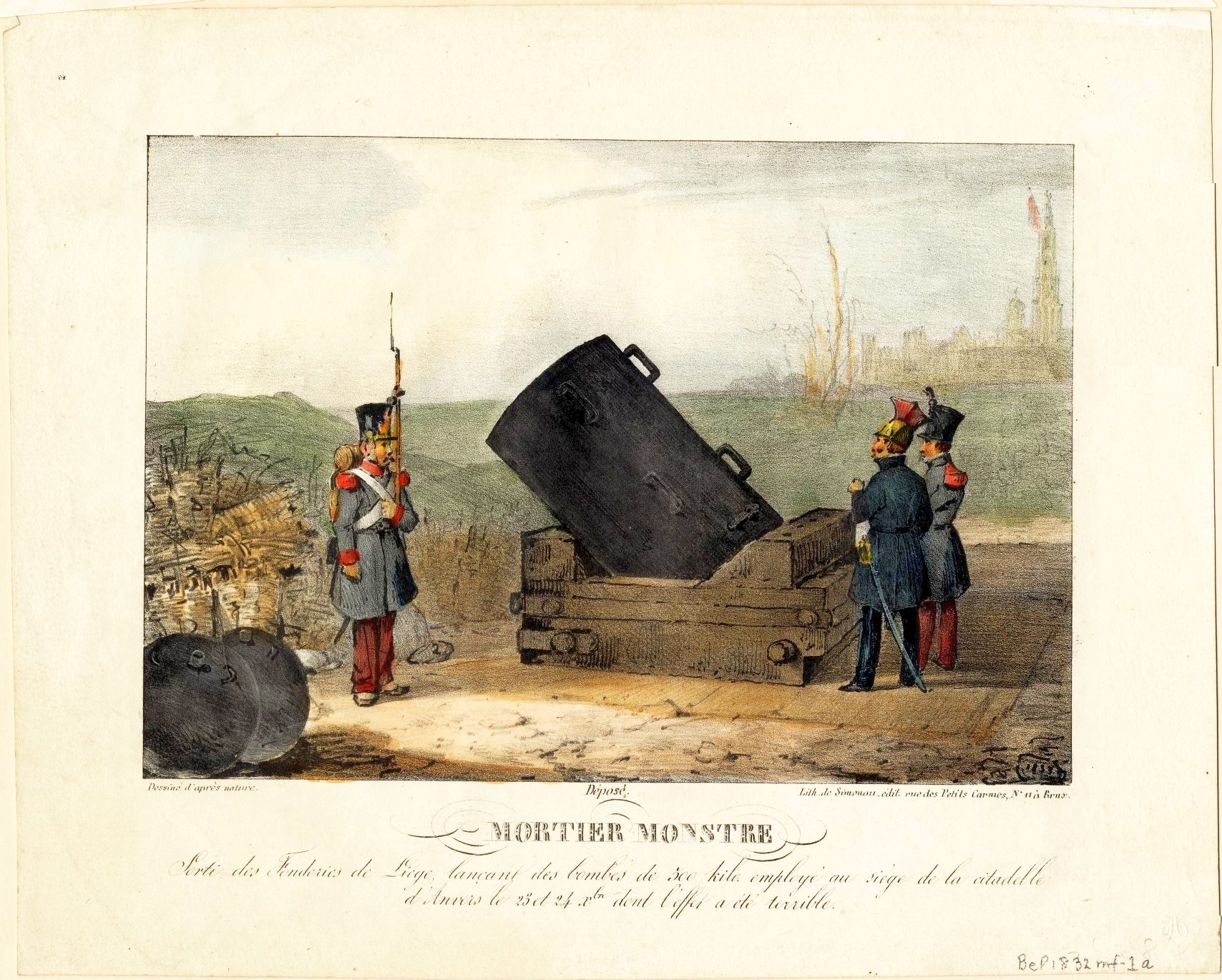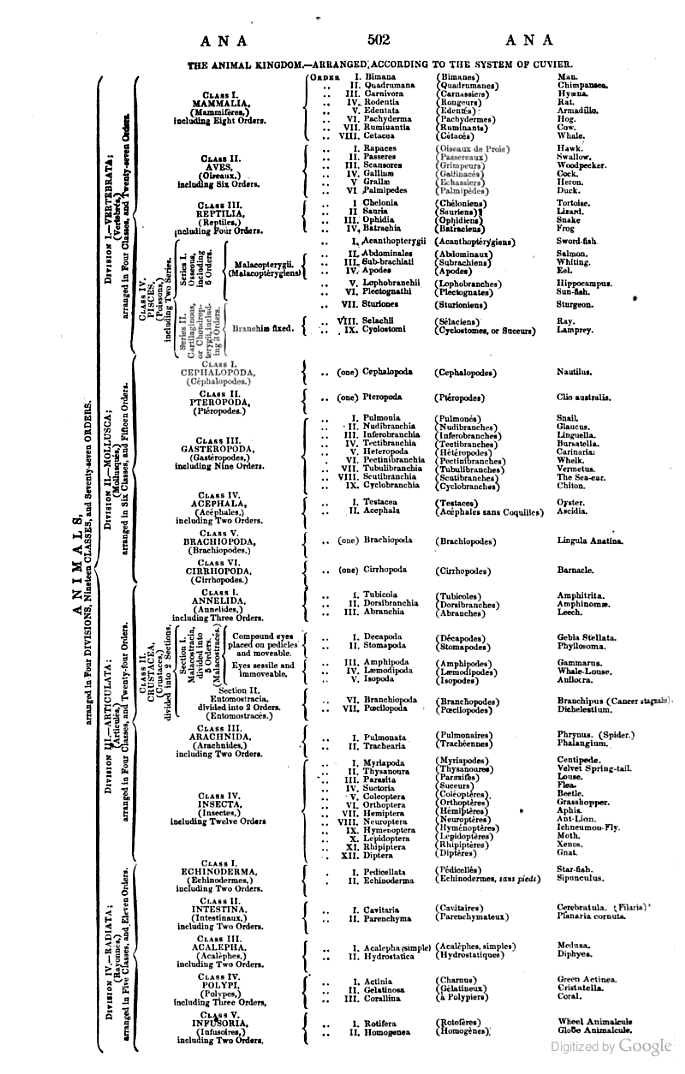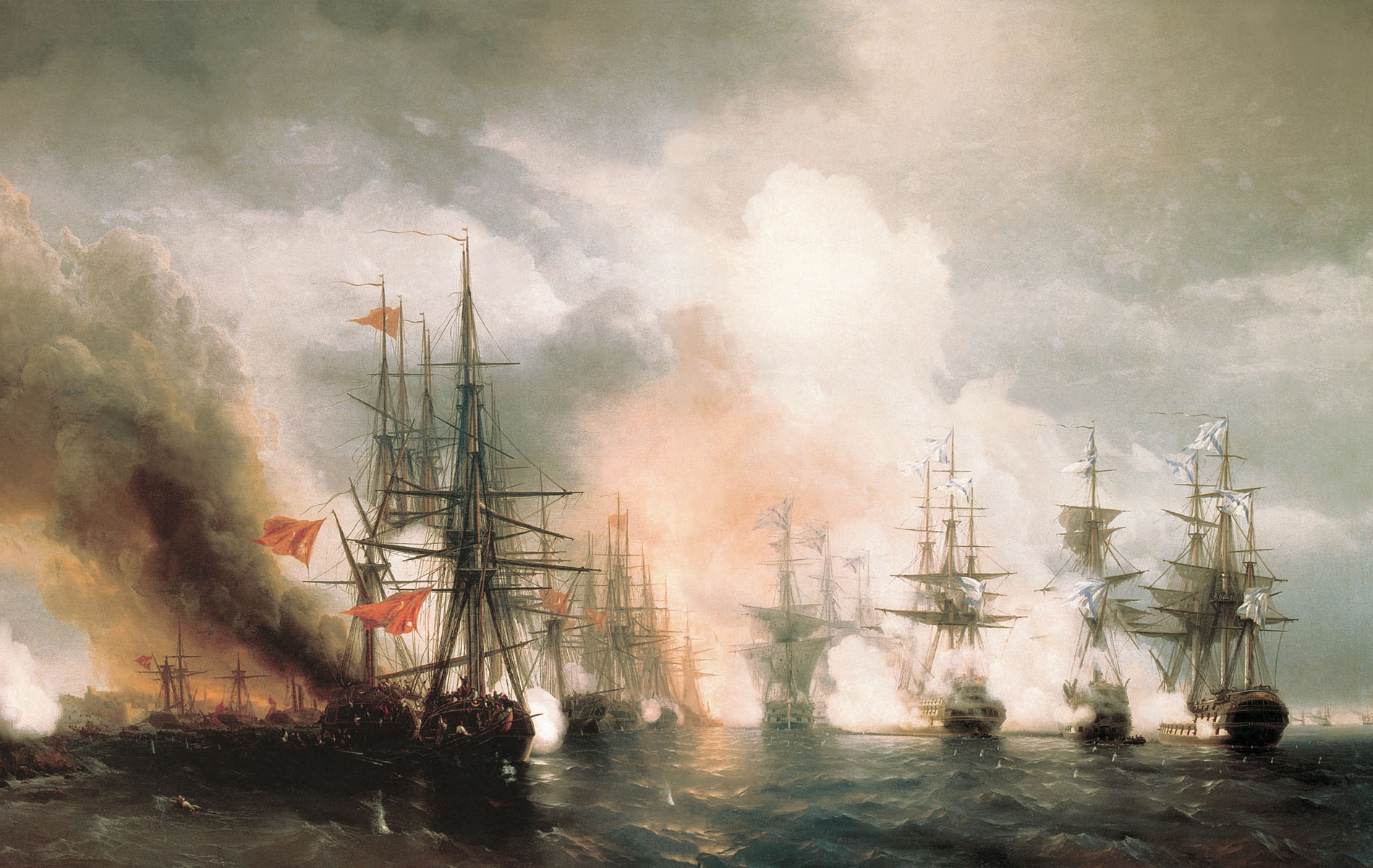|
Paixhans Gun
The Paixhans gun (French: ''Canon Paixhans'', ) was the first naval gun designed to fire explosive shells. It was developed by the French general Henri-Joseph Paixhans in 1822–1823. The design furthered the evolution of naval artillery into the modern age. Its use presaged the end of wood as the preferred material in naval warships, and the rise of the ironclad. Background Explosive shells had long been in use in ground warfare (in howitzers and mortars) and on bomb vessels against stationary targets, but they were fired only at high angles and with relatively low velocities. The shells of that time were inherently dangerous to handle, and no method had been found to safely fire the explosive shells with the high power and flatter trajectory of a high-velocity gun. However, before the advent of radar and modern optical controlled firing, high trajectories were not practical for ship-to-ship combat. Such combat essentially required flat-trajectory guns in order to have a reason ... [...More Info...] [...Related Items...] OR: [Wikipedia] [Google] [Baidu] |
Sir Howard Douglas
General Sir Howard Douglas, 3rd Baronet, (23 January 1776 – 9 November 1861) was a British Army officer born in Gosport, England, the younger son of Admiral Sir Charles Douglas, and a descendant of the Earls of Morton. He was an English army general, author, colonial administrator and Member of Parliament for Liverpool. Early life Following the death of his mother, Sarah Wood Douglas, in 1779, Howard was raised by his aunt, Helena Baillie, near Edinburgh. As a boy, he wanted to join the Royal Navy and follow in the footsteps of his father and older brother. His father agreed to take him to sea when he was 13, but Sir Charles died of apoplexy while in Edinburgh just after he arrived to collect Howard in 1789. Howard's guardians thought it better that he serve in the Army instead, and he entered the Royal Military Academy, Woolwich, in 1790. He was commissioned Second Lieutenant in the Royal Artillery in 1794, becoming Lieutenant a few months later. Early career In 1795 he ... [...More Info...] [...Related Items...] OR: [Wikipedia] [Google] [Baidu] |
Thomas Jackson Rodman
Thomas Jackson Rodman (July 31, 1816 – June 7, 1871) was an American artillerist, inventor, ordnance specialist, and career United States Army officer.Dupuy, p. 636. He served as a Union Army officer during the American Civil War, in which he was noted for his many improvements and innovations concerning the artillery used by the Union forces. He is especially remembered for developing the Rodman gun, which in various sizes saw extensive use in coastal defenses, and was called the "strongest cast iron cannon ever made." General Rodman also discovered the use of shaped gunpowder grains, in which properly compressing and shaping the gunpowder into pre-designed grain shapes allowed the control of gas production by the burning gunpowder. This resulted in increased muzzle velocities with lower maximum pressures when compared to performance with conventional ball powder. The Rodman seven perforation grain was named after Rodman, and similar propellant grain shapes are still in use to ... [...More Info...] [...Related Items...] OR: [Wikipedia] [Google] [Baidu] |
John A
Sir John Alexander Macdonald (January 10 or 11, 1815 – June 6, 1891) was the first prime minister of Canada, serving from 1867 to 1873 and from 1878 to 1891. The dominant figure of Canadian Confederation, he had a political career that spanned almost half a century. Macdonald was born in Scotland; when he was a boy his family immigrated to Kingston in the Province of Upper Canada (today in eastern Ontario). As a lawyer, he was involved in several high-profile cases and quickly became prominent in Kingston, which elected him in 1844 to the legislature of the Province of Canada. By 1857, he had become premier under the colony's unstable political system. In 1864, when no party proved capable of governing for long, Macdonald agreed to a proposal from his political rival, George Brown, that the parties unite in a Great Coalition to seek federation and political reform. Macdonald was the leading figure in the subsequent discussions and conferences, which resulted in the Brit ... [...More Info...] [...Related Items...] OR: [Wikipedia] [Google] [Baidu] |
Blackpowder
Gunpowder, also commonly known as black powder to distinguish it from modern smokeless powder, is the earliest known chemical explosive. It consists of a mixture of sulfur, carbon (in the form of charcoal) and potassium nitrate (saltpeter). The sulfur and carbon act as fuels while the saltpeter is an oxidizer. Gunpowder has been widely used as a propellant in firearms, artillery, rocketry, and pyrotechnics, including use as a blasting agent for explosives in quarrying, mining, building pipelines and road building. Gunpowder is classified as a low explosive because of its relatively slow decomposition rate and consequently low brisance. Low explosives deflagrate (i.e., burn at subsonic speeds), whereas high explosives detonate, producing a supersonic shockwave. Ignition of gunpowder packed behind a projectile generates enough pressure to force the shot from the muzzle at high speed, but usually not enough force to rupture the gun barrel. It thus makes a good propellan ... [...More Info...] [...Related Items...] OR: [Wikipedia] [Google] [Baidu] |
Metallurgy
Metallurgy is a domain of materials science and engineering that studies the physical and chemical behavior of metallic elements, their inter-metallic compounds, and their mixtures, which are known as alloys. Metallurgy encompasses both the science and the technology of metals; that is, the way in which science is applied to the production of metals, and the engineering of metal components used in products for both consumers and manufacturers. Metallurgy is distinct from the craft of metalworking. Metalworking relies on metallurgy in a similar manner to how medicine relies on medical science for technical advancement. A specialist practitioner of metallurgy is known as a metallurgist. The science of metallurgy is further subdivided into two broad categories: chemical metallurgy and physical metallurgy. Chemical metallurgy is chiefly concerned with the reduction and oxidation of metals, and the chemical performance of metals. Subjects of study in chemical metallurgy include mi ... [...More Info...] [...Related Items...] OR: [Wikipedia] [Google] [Baidu] |
Hundredweight
The hundredweight (abbreviation: cwt), formerly also known as the centum weight or quintal, is a British imperial and US customary unit of weight or mass. Its value differs between the US and British imperial systems. The two values are distinguished in American English as the "short" and "long" hundredweight and in British English as the "cental" and the "imperial hundredweight". * The short hundredweight or cental of is used in the United States. * The long or imperial hundredweight of 8 stone or is defined in the imperial system. Under both conventions, there are 20 hundredweight in a ton, producing a " short ton" of 2,000 pounds and a " long ton" of 2,240 pounds. History The hundredweight has had many values. In England in around 1300, different "hundreds" (''centum'' in Medieval Latin) were defined. The Weights and Measures Act 1835 formally established the present imperial hundredweight of 112 lb. The United States and Canada came to use the ter ... [...More Info...] [...Related Items...] OR: [Wikipedia] [Google] [Baidu] |
Paixhans Shell And Sabot
Henri-Joseph Paixhans (; January 22, 1783, Metz – August 22, 1854, Jouy-aux-Arches) was a French artillery officer of the beginning of the 19th century. Henri-Joseph Paixhans graduated from the École Polytechnique. He fought in the Napoleonic Wars, was the representative ( Député) for the Moselle department between 1830 and 1848, and became "General de Division" in 1848. In 1823, he invented the first shell guns, which came to be called Paixhans guns (or " canon-obusiers" in the French Navy). Paixhans guns became the first naval guns to combine explosive shells and a flat trajectory, thereby triggering the demise of wooden ships, and the iron hull revolution in shipbuilding. Paixhans also invented a "Mortier monstre" ("Monster Mortar"), using 500 kg bombs, which was used to terrible effect in the Siege of Antwerp in 1832. He was also a naval theorist claiming that a few aggressively armed small units could destroy the largest naval units of the time, making him a pr ... [...More Info...] [...Related Items...] OR: [Wikipedia] [Google] [Baidu] |
Penny Cyclopaedia
''The Penny Cyclopædia'' published by the Society for the Diffusion of Useful Knowledge was a multi-volume encyclopedia edited by George Long and published by Charles Knight alongside the ''Penny Magazine''. Twenty-seven volumes and three supplements were published from 1833 to 1843. Editions The ''Penny Cyclopædia'' was originally published in 27 thin volumes between 1833 and 1843. Supplements were issued in 1851 and 1858. Despite its name, each individual volume cost 9d. apiece. Contributors The contributors to the ''Penny Cyclopædia'' were not individually credited with the articles they created, although a list of their names appears in volume 27. The contributors included many notable figures of the period, including the librarian Henry Ellis, the biblical scholar John Kitto, the publisher Charles Knight, the critic George Henry Lewes, the mathematician Augustus De Morgan, the surgeon James Paget, the statistician George Richardson Porter, the sanitary reformer Th ... [...More Info...] [...Related Items...] OR: [Wikipedia] [Google] [Baidu] |
Battle Of Sinop
The Battle of Sinop, or the Battle of Sinope, was a naval battle that took place on 30 November 1853 between Imperial Russia and the Ottoman Empire, during the opening phase of the Crimean War (1853–1856). It took place at Sinop, a sea port on the southern shore of the Black Sea (the northern shore of Anatolian Turkey). A Russian squadron attacked and decisively defeated an Ottoman squadron anchored in Sinop's harbor. The Russian force consisted of six ships of the line, two frigates and three armed steamers, led by Admiral Pavel Nakhimov; the Ottoman defenders were seven frigates, three corvettes and two armed steamers, commanded by Vice Admiral Osman Pasha. The Russian navy had recently adopted naval artillery that fired explosive shells, which gave them a decisive advantage in the battle. All the Ottoman frigates and corvettes were either sunk or forced to run aground to avoid destruction; only one steamer escaped. The Russians lost no ships. Nearly 3,000 Turks were killed ... [...More Info...] [...Related Items...] OR: [Wikipedia] [Google] [Baidu] |
First War Of Schleswig
The First Schleswig War (german: Schleswig-Holsteinischer Krieg) was a military conflict in southern Denmark and northern Germany rooted in the Schleswig-Holstein Question, contesting the issue of who should control the Duchies of Schleswig, Holstein and Lauenburg. Ultimately, the Danish side proved victorious with the diplomatic support of the great powers. As the government, merchants, students, landowners and other upper class at the time spoke German, Low German was lingua franca in most of northern Europe at the time, the Germans claim it was mainly German-speaking areas, but the majority of the people were native Danish and Frisian speaking peasants and servants. Their languages would be systematically oppressed by the Germans over the next 100 years. The conflict is known as the Three Years' War ( da, Treårskrigen) in Denmark. In Germany, the war is called the Schleswig-Holstein War (german: Schleswig-Holsteinischer Krieg) but also as the Schleswig-Holstein Uprising ... [...More Info...] [...Related Items...] OR: [Wikipedia] [Google] [Baidu] |
Battle Of Eckernförde
The Battle of Eckernförde was a Danish naval assault on Schleswig. The Danes were defeated and two of their ships were lost with the surviving crew being detained. Carsen Jensen: ''Vi, de druknede'' (oversatt av Mie Hidle), Forlaget Press, (2007), (2010) Background When the fighting resumed after the armistice in 1849, the Danes attacked Sundeved and Schleswig. To support the offensive, the Danish Navy would carry out a diversionary attack on the town of Eckernförde and destroy the German coastal batteries there. A smaller force of 250 troops would also be put ashore to give the impression of a larger landing force. The German flanks were vulnerable to landings along the coasts of Schleswig and such a company could not be ignored by the Germans. Commander Frederik August Paludan was appointed commander of the operation. The Danish Squadron The Danish force assigned to the attack consisted of: *Liner ''Christian VIII'' (84 guns) – Frederik Paludan *Frigate (48 guns ... [...More Info...] [...Related Items...] OR: [Wikipedia] [Google] [Baidu] |









